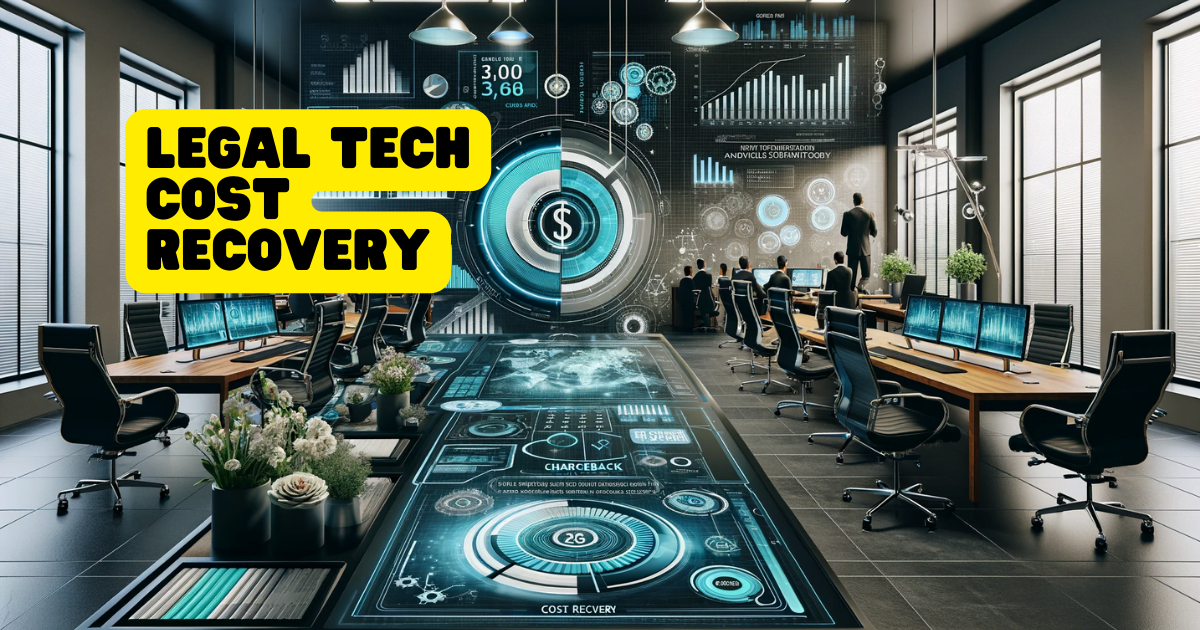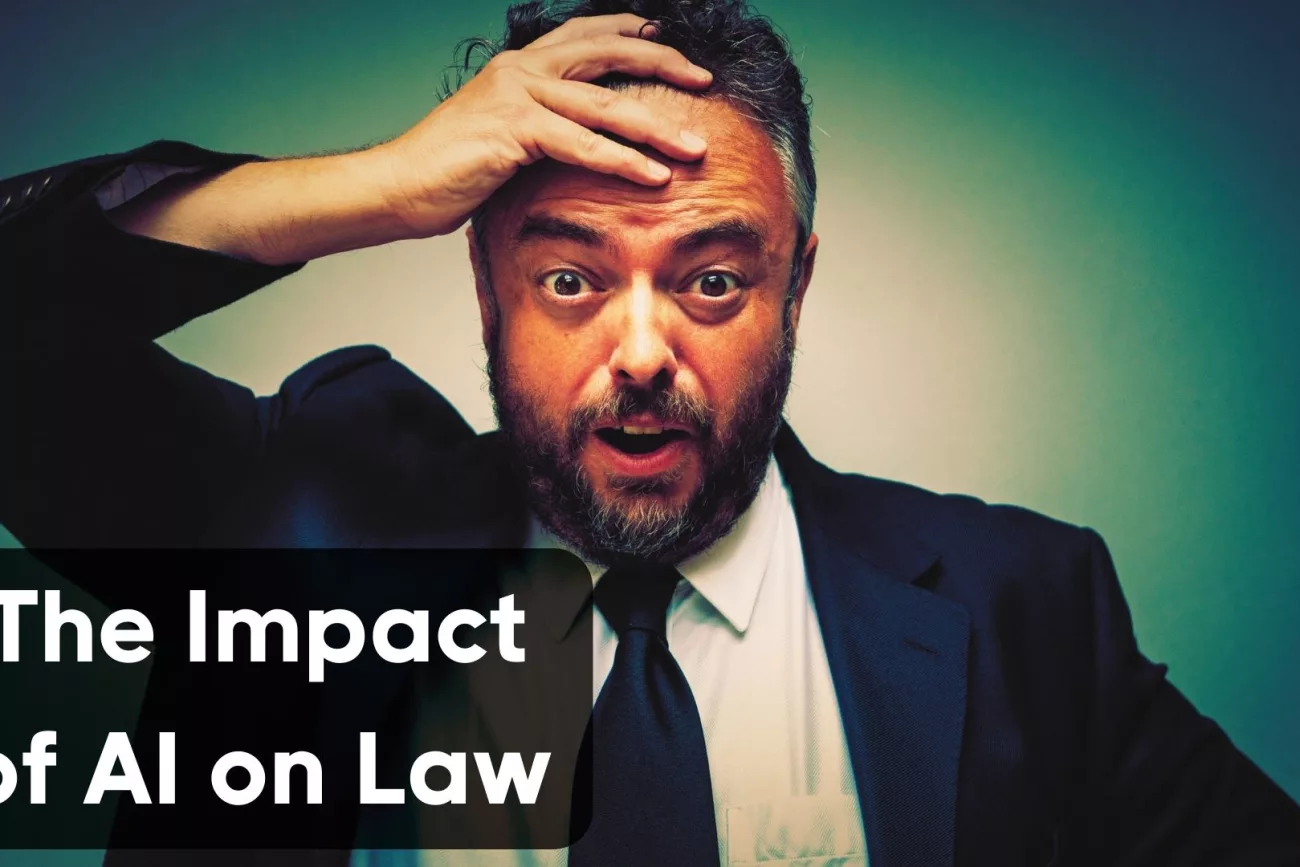
Key Insights
- Understanding Cost Recovery: Legal tech cost recovery is crucial for firms to manage the expenses of advanced technologies, requiring strategies that balance innovation with financial viability.
- Model Variety and Adaptation: Various chargeback models, including direct pass-through, flat fee, and hybrid, offer flexibility in cost allocation, but each requires careful consideration and alignment with client expectations.
- Effective Communication and Ethical Practices: Transparent communication with clients about technology costs and adhering to ethical billing practices are essential for successful cost recovery implementation.
- Continuous Monitoring and Adaptation: Regularly evaluating and adapting cost recovery strategies in response to industry changes and client feedback ensures that legal tech firms remain competitive and client-focused.
📍 Master Google Local Service Ads: A Lawyer’s Guide
Unlock the power of Google’s Local Service Ads. Tailored for lawyers, this guide reveals secrets
🎓 ChatGPT & AI in Law School: Innovation or Risk?
Delve into the debate surrounding AI tools like ChatGPT in law schools. How are these
Train Accident Attorney: Your Guide to Legal Help After a Train Accident
Mike Ruggles Founder & CEO Instagram Linkedin Follow me on Instagram & LinkedIn for exclusive
Navigating the Financial Dynamics of Legal Tech Innovation
In-Depth Understanding of Cost Recovery and Chargeback Models:
- Comprehensive Definition: Cost recovery in legal technology is more than just an accounting exercise. It’s about strategically identifying and quantifying the technology costs that enhance client services, such as software licenses, cloud storage, and cybersecurity measures.
- Chargeback Models Explained: Chargeback models are the methodologies law firms use to allocate technology costs to clients. These models range from direct billing of specific tech costs to more generalized fees that cover a spectrum of tech services. The choice of model often reflects the firm’s client relationship strategy and billing practices.
The Crucial Balance in Cost Recovery:
- Juggling Innovation and Financial Health: The core challenge in legal tech cost recovery is maintaining a delicate equilibrium between investing in innovative technologies and ensuring the financial health of the law firm. Firms must navigate this while being mindful of client perceptions and the value proposition of their tech investments.
- Cost Recovery as a Client Value Proposition: Effective cost recovery isn’t just about recouping expenses; it’s about demonstrating to clients how technology investments directly benefit their cases or transactions. This involves transparent communication about the advantages of these technologies in enhancing efficiency, accuracy, and outcomes.
Historical Context and the Shift in Cost Recovery Practices:
From Paper Clips to Pixels – The Evolution of Legal Expenses:
- Traditional Expense Recovery: Traditionally, law firms have been adept at itemizing and recovering costs for tangible items like paper, printing, and court fees. These were straightforward and generally accepted by clients as necessary outlays.
- Adapting to the Digital Age: As legal services have digitalized, the cost structure has shifted dramatically. Now, technology-related expenses constitute a significant portion of a firm’s overhead. Recovering these costs requires a more nuanced approach, considering the intangible nature of digital tools.
eDiscovery: The Catalyst for Modern Cost Recovery:
- eDiscovery as a Case Study: The adoption of eDiscovery tools provides a vital case study in legal tech cost recovery. Initially seen as an overhead expense, the tangible benefits of eDiscovery – such as efficiency gains and improved case outcomes – have justified the evolution of cost recovery models.
- Lessons from eDiscovery’s Journey: The journey of eDiscovery from an overhead cost to a billable expense offers valuable insights. It demonstrates how technology that delivers clear, quantifiable benefits can justify its cost to clients, paving the way for broader acceptance of tech cost recovery in legal practice.
Law Firm SEO Houston: A Guide To Boosting Your Leads in 2023
Law Firm SEO Houston Looking for a law firm SEO Houston? Are you having trouble
Revolution or Hype: GPT-4 Turbo’s Impact on Legal Tech
Discover the ultimate guide to legal case management software. Boost efficiency, security, and client satisfaction
LEAP & WealthCounsel: Estate Planning Revolution
Discover how LEAP’s integration with WealthCounsel elevates estate planning with seamless drafting tools and improved
Strategizing Chargebacks for Sustained Innovation
Exploring Different Chargeback Models:
- Direct Pass-Through Model in Detail: This model involves itemizing specific technology-related costs and billing them directly to clients. It requires transparent documentation and clear communication to justify each line item, from software subscription fees to data processing costs.
- Advantages and Limitations of Direct Pass-Through: While offering transparency, this model can lead to client queries about each cost, necessitating detailed explanations. It’s most effective when clients appreciate the direct correlation between the expenses and the benefits received.
Understanding the Flat Fee Model:
- Simplifying Billing with Flat Fees: The flat fee model consolidates various technology costs into a single, predictable charge. This model requires a thorough understanding of technology-related expenses to set a fee that covers costs while remaining fair to clients.
- Pros and Cons of Flat Fees: Clients benefit from predictable billing, and firms enjoy streamlined accounting. However, this approach may lack transparency regarding how the fee correlates with actual technology usage, potentially leading to client skepticism.
The Hybrid Model – A Balanced Approach:
Combining Recovery and Absorption:
- Flexibility of the Hybrid Model: This model balances direct chargeback and cost absorption, allowing firms to recover specific technology costs while absorbing others as part of their overhead. It’s a client-friendly approach that can adapt to different client needs and case specifics.
- Navigating Hybrid Model Challenges: Implementing this model requires a nuanced understanding of which costs to pass on and which to absorb. Firms must communicate the rationale behind this allocation to maintain trust and transparency with clients.
Evaluating the Appropriate Model for Your Firm:
- Tailoring the Model to Firm and Client Needs: The choice of model should consider the firm’s tech portfolio, client types, and the nature of legal services offered. A model that works well for a firm heavily invested in AI-driven analytics may not suit a firm using more standard legal tech tools.
- Client Feedback and Adaptation: Continuously gather client feedback on billing satisfaction and adjust the model accordingly. Client perceptions can significantly influence the success of a cost recovery strategy.
Best Practices for Successful Chargeback Implementation
Proactive Communication and Stakeholder Education:
- Internal Alignment and Training: Before implementing a cost recovery strategy, it’s vital to align internal stakeholders – from partners to billing departments. Training staff on the nuances of the chosen chargeback model ensures consistent messaging and understanding across the firm.
- Educating Clients on Technology Value: Clear communication with clients about how technology investments enhance their legal services is crucial. This may involve creating informational materials or discussions that highlight the tech’s role in improving efficiency, accuracy, and case outcomes.
Developing Tailored Approaches to Client Communications:
- Customizing Client Onboarding: Each client’s understanding and perception of technology in legal services will vary. Tailor the onboarding process to educate them on the specific technologies used in their cases and the rationale for the associated costs.
- Continual Dialogue and Transparency: Maintain an ongoing conversation about technology costs with clients. Regular updates about technology upgrades and their benefits can help clients see the value in the charges they incur.
Crafting Client-Centric Recovery Models:
Flexibility in Chargeback Approaches:
- Adapting to Diverse Client Needs: Recognize that one size does not fit all in cost recovery. Be prepared to adjust the chargeback model based on the client’s size, case complexity, and technology usage.
- Transparency in Billing: Ensure that all technology charges are clearly itemized and explained in billing statements. This transparency builds trust and reduces the likelihood of disputes over charges.
Ensuring Ethical Compliance in Cost Recovery:
- Adherence to Legal and Ethical Standards: Any cost recovery model must comply with legal industry standards and ethics. This includes ensuring that charges are reasonable and reflect the actual value provided to the client.
- Regular Review of Ethical Guidelines: Stay updated on any changes in legal billing ethics and guidelines. Regular reviews can help in adjusting cost recovery practices to remain compliant and ethical.
Strategies for Effective Cost Recovery Implementation:
Defining Clear Administration Processes:
- Streamlining Billing and Tracking: Develop efficient systems for tracking, calculating, and billing technology-related costs. Automating these processes where possible can reduce administrative burdens and improve accuracy.
- Regular Audits and Adjustments: Conduct periodic audits of cost recovery practices to ensure they align with the firm’s goals and client satisfaction. Adjust strategies based on these audits to continually improve the effectiveness of the cost recovery model.
Monitoring and Adapting to Industry Trends:
- Staying Ahead of Technological Advancements: Keep abreast of emerging legal technologies and industry trends. Understanding how these developments impact cost structures can inform adjustments in cost recovery strategies.
- Feedback Loops with Clients and Industry Peers: Establish feedback mechanisms to gather insights from clients and industry peers. This feedback is invaluable for refining the cost recovery approach and ensuring it remains relevant and fair.
Sequoia Capital Bets Big on Legal AI Startup Harvey: Is This the Future of the Legal Industry?
Harvey Legal AI Key points: Sequoia Capital invests in legal AI startup Harvey, signaling a
Instagram Sued Over Link To Depression & Anxiety In Kids
Explore the lawsuit against Meta Platforms, scrutinizing its alleged role in youth mental health issues.
Metaverse Data Privacy Exposed: The Essential Legal Guide for Lawyers to Conquer the Virtual World’s Hidden Risks
Discover metaverse privacy secrets, navigate regulations, conquer emerging challenges, and master strategies to protect user
Sustaining Innovation and Client Value through Strategic Recovery
Monitoring and Adapting Cost Recovery Models:
- Evaluating Effectiveness and Client Feedback: Regularly assess the effectiveness of your cost recovery model. This includes analyzing client feedback, billing dispute rates, and the overall financial impact on the firm. Adjustments may be necessary to align with evolving client expectations and market conditions.
- Staying Agile with Industry Changes: The legal tech landscape is dynamic, with new tools and solutions emerging regularly. Law firms must be prepared to update their cost recovery strategies in response to these changes, ensuring they remain competitive and continue to provide value to clients.
Balancing Technological Advancements with Financial Health:
- Strategic Investment in Technology: Invest wisely in legal technology that offers clear benefits to both the firm and its clients. This involves not just considering the cost but also evaluating the potential for improved efficiency, client service, and case outcomes.
- Transparent Cost-Benefit Analysis to Clients: Clearly communicate the benefits of technology investments to clients. Demonstrating how specific tools contribute to better, more efficient legal services can justify the associated costs and foster client trust.
Creating a Symbiotic Relationship with Clients:
Collaborative Approach to Technology Adoption:
- Involving Clients in the Tech Journey: Engage clients in discussions about technology adoption and its implications. This collaborative approach can lead to a better understanding of the value these tools bring to their legal matters.
- Sharing Successes and Innovations: Regularly share updates on how technology has positively impacted cases or improved firm operations. Success stories and innovations can reinforce the value of technology investments to clients.
Ethical and Transparent Pricing Practices:
- Maintaining Ethical Standards in Billing: Adhere to ethical billing practices, ensuring that any technology costs passed to clients are reasonable and proportionate to the services provided.
- Clear and Detailed Invoicing: Provide detailed invoices that clearly delineate technology costs. Transparency in billing fosters trust and reduces the likelihood of disputes over charges.
🚀 The viral newsletter about the latest legal tech disruptions.
In this expanded final section, the focus is on future-proofing legal practices through strategic cost recovery. By continuously monitoring and adapting cost recovery models, balancing technology investments with financial health, engaging clients in the technology journey, and maintaining ethical and transparent pricing practices, legal tech startups can create a sustainable and mutually beneficial relationship with their clients. This approach not only ensures the financial stability of the firm but also fosters a culture of innovation and client-centric service.
Share this post
Frequently Asked Questions (FAQs)
Q: What is cost recovery in legal technology?
A: Cost recovery in legal technology involves law firms recouping expenses related to the use of technology, such as software licenses and cloud storage, often passed on to clients through various chargeback models.
Q: Why is cost recovery important for legal tech firms?
A: Cost recovery is vital for legal tech firms to sustainably invest in new technologies, ensuring they can continue delivering high-value services to clients while maintaining profitability.
Q: What are some common chargeback models used in legal tech?
A: Common chargeback models include the direct pass-through model, where specific tech costs are billed to clients; the flat fee model, offering a predictable, consolidated charge; and the hybrid model, combining elements of both.
Q: How can law firms effectively communicate cost recovery to clients?
A: Law firms should clearly explain the value and benefits of technology investments to clients, using transparent communication and tailored onboarding processes to justify the costs and build trust.
Q: What should law firms consider when choosing a cost recovery model?
A: Firms should consider their technology portfolio, client types, case specifics, and ethical billing standards when choosing a cost recovery model, ensuring it’s fair, transparent, and aligns with client expectations.















